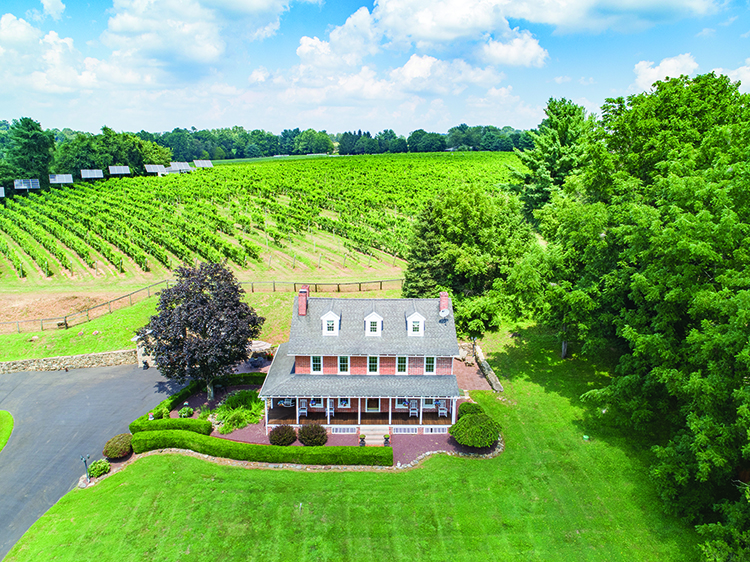State rebates create opportunities for solar installations–finally!
by Natasha Chart
Thinking about installing solar photovoltaic (PV) panels on your home or commercial building this year? “There will never be a better time to do it,” says Andrew Kleeman, the managing partner at Eos Energy Solutions.
An April vote by the Commonwealth Financing Authority finally approved salable bonds to fund the Pennsylvania Sunshine Program. The program is expected to offer rebates for up to 35 percent of the price of a solar power or solar thermal installation, though the guidelines are unlikely to be finalized before May.
The state rebate will combine favorably with new federal solar incentives, which increased in December of last year.
Both commercial and residential installations are also now eligible for an uncapped federal tax credit equal to 30 percent of the cost of solar power or thermal installation, as well as several other types of small-scale alternative energy projects. The credit is applied to taxes owed, after calculating initial tax liability, and will last through 2016.
Kleeman says it will be a long time before PV module prices come down enough to bring the price of installation below these heavily subsidized costs. Homeowners can expect a yearly 10-14 percent return on their investment, while businesses can realize 12-18 percent returns.
Meanwhile, solar panel modules, the most expensive component of a PV installation, are expected to come down 30-40 percent this year alone. So says New Energy Finance, an industry analyst group.
With the reduced PV costs and the 30 percent federal tax credit in operation, Kleeman describes the state rebate as a “light switch event” that makes all the difference in whether or not he sees business and homeowners being able to afford solar.
Driving that point home, Mike McKinley, chief designer at Solaris Energy says they have over two dozen projects, representing a quarter-megawatt of installed capacity, waiting on the availability of Sunshine Program funds.
Kleeman was wary of generalizing costs, but provided ballpark estimates for a hypothetical four-kilowatt residential system.
A four-kilowatt PV installation, Kleeman says, could provide about 5,000 kilowatt-hours per year, or about half the energy use of an average home. Prior to subsidies, an installation like this would cost around $30,000, but the state and federal credits could bring the price tag down near $10,000.
McKinley gave similar costs for a typical, single-home PV installation, costing around $25,000-30,000 and paying for itself in under eight years. The usual solar thermal installation costs around $5,000 and, in conjunction with the building’s existing water heater, can pay for itself in two years or less.
The bad news is that there’s paperwork involved. This includes a local building permit, an interconnection agreement with PECO and a rebate reservation with the PA Department of Environmental Protection (PADEP). The good news is that the installer usually handles all of the necessary applications and will arrange PADEP inspections for their customers.
With better solar resources than Germany, one of the world’s largest markets for photovoltaics, Kleeman thinks solar power has a good future in Philadelphia. Building owners with a long-term view can use today’s subsidies to realize significant savings, “because they’re essentially purchasing a power production system. They’re fixing the cost of their power over 25 years, no matter how much power costs go up through PECO.”


